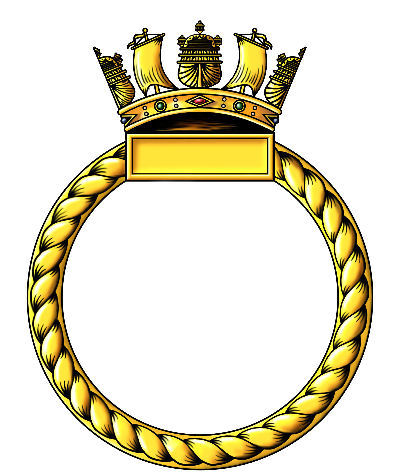R.N. Auxiliary Hospital

No badge issued for this establishment
Location
Trincomalee, Ceylon
Commanding Officers
Surgeon Captain O. D. Brownfield, OBF, MB, BS, MRCS, LRCP
Surgeon Captain E. B. Pollard, MRCS, LRCP
Surgeon Captain E. Phillips MB, ChB, DLO
Surgeon Captain D. F. Walsh, OBE, MB, BS, MRCS, LRCP
Surgeon Captain J. G. Patrick
Related items
None
Reminiscences
None
Gallery
None
R.N.A.H. Trincomalee
Prior to the establishment of an Auxiliary Naval Hospital in Trincomalee naval patients were treated by the Naval Sick Quarters Trincomalee, or the 54th Indian and British General Hospital staffed by Alarm medical officers. This hospital consisted of four two-ward buildings converted from barrack accommodation, with a bed strength of 250.
A Naval administered Combined Services Hospital is built
As patient numbers crew during the summer of 1944 plans were made to extend these buildings, and to provide accommodation for a further 900 patients, and to build new quarters to house th additional medical officers, nursing sisters, V.A.Ds. (Voluntary Aid Detachment nurses) and male nursing staff. The new, larger hospital would have 200 beds allocated to the Navy. As work progressed it was decided to make the establishment into a Combined Services Hospital, the European section of which would be staffed by the Navy, and the Asiatic section to be staffed by the Army. It was also arranged for the Navy to supply all specialist services.
The Combined Services Hospital, Trincomalee, came into being as such on April 24th 1945; unlike other Combined Services Hospitals elsewhere which were under Army direction, this hospital was under naval direction, the establishment was commanded by Surgeon Captain O. D. Brownfield, OBF, MB, BS, MRCS, LRCP with 20 naval medical officers, 2 Warrant Wardmasters, 2 Pharmacists a chaplain, a supply officer. The nursing staff consisted of 37 Navy and Army nursing sisters, 60 Navy and Army V.A.Ds, 48 naval sick berth staff, and 48 naval ratings for clerical, supply and miscellaneous duties.
Welfare and recreations included occupational therapy, lectures and instruction by the education officer, a hospital library, and films both instructional and recreational were screened. Bathing was available for convalescent patients, and also football, hockey and cricket for the staff. During its time as a Combined Services establishment this hospital received 2,914 patients.
Post War service as an R.N. Auxiliary Hospital
At the end of 1945 the Army left the hospital which then operated as a purely Royal Naval Auxiliary Hospital (It has been referred to as “R.N. Auxiliary Hospital, Trincomalee” in the Navy Lists for April and July 1945 but technically was part of the Combined Services Hospital.) As an R.N. Auxiliary Hospital its medical staff comprised of 13 doctors, 3 Dentists, and the nursing staff was increased to 2 Senior Nursing Sitters, 1 Senior Reserve Nursing Sister, and 19 Reserve Nursing Sisters. Under a Principle Matron.
In January 1948 Surgeon Captain E. B. Pollard, MRCS, LRCP assumed command and the additional responsibility of Fleet Medical Officer East Indies Station. He was superseded by Surgeon Captain E. Phillips MB, ChB, DLO in November 1952, and Surgeon Captain D. F. Walsh, OBE, MB, BS, MRCS, LRCP in February 1953. In April 1955 Surgeon Captain J. G. Patrick, assumed command with the additional duty of Command Medical Officer on staff of C-in-C East indies Station.
The hospital closed sometime before 1958; it is believed that it was known as Royal Naval Hospital. Trincomalee for many years but appeared in the Navy list as R.N. Auxiliary Hospital, Trincomalee until it diapers from that record in 1958
Last modified: 15 September 2023
Primary information sources
Additional sources:
(1954) Surgeon Commander J. L. S. COULTER, D.S.C., R.N., ‘THE ROYAL NAVAL MEDICAL SERVICE’ London, Her Majesty's Stationery Office - Volume 1'Administraion'
Comments (0)